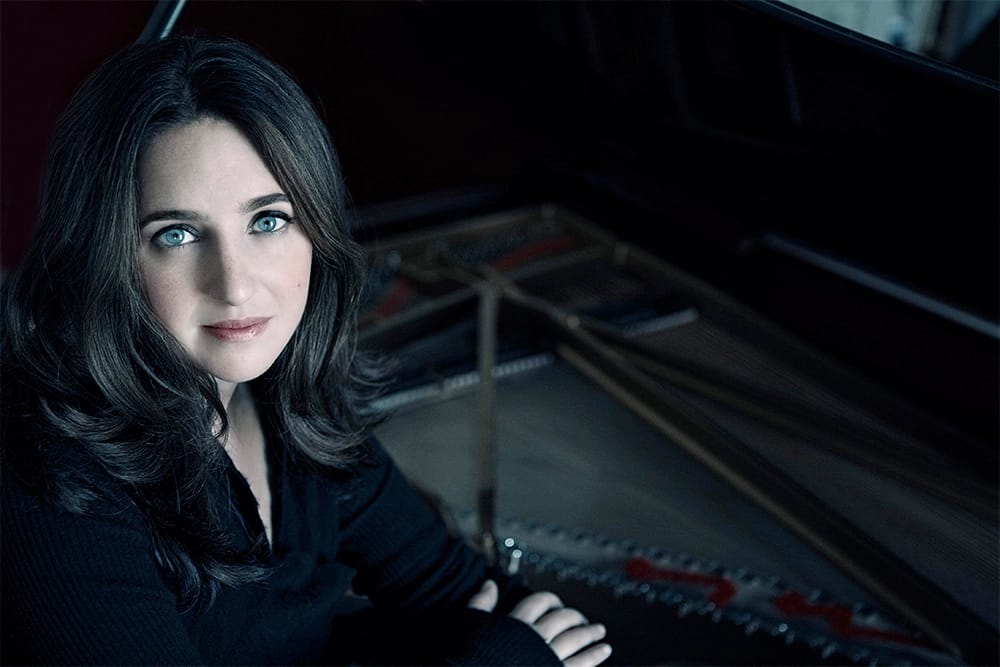
Simone Dinnerstein | Photo by Lisa-Marie Mazzucco
The purpose of the Two-Part Inventions and the Sinfonias (also sometimes called the Three-Part Inventions) was two-fold: they were a teaching tool as well as an example of what he was teaching. “He wrote a very nice description of them, as a preface,” Dinnerstein says, “where he writes that they’re ‘an honest guide to lovers of the keyboard, to show how to play pieces that are written for two voices and three voices.'” So they create independence in the hands. “Of course this is an invaluable skill to learn as a pianist. He didn’t know all the music that was going to come after him, but it’s something that you use when you’re playing Beethoven, and when you’re playing Rachmaninoff, and whatever you’re playing will require you to be able to hear multiple lines and control them.”
The Two-Part inventions especially distill the rules of counterpoint down into concrete examples – and have been played on many instruments, each playing its ‘melody’ in a singing, or cantabile style. “It’s almost like pure music, even though they… actually are quite pianistic, in the sense that they fit into the fingers in a good way. It’s really about musical lines rather than about something that’s instrument specific.” Simone Dinnerstein says they’re unique among Bach’s works: “They’re not pieces that are dances, though some of them may have some dance feelings to them, dance rhythms in them. They’re not about something, other than how they’re made. It’s kind of like seeing an X-ray of the music. This is what they are, the most essential components of counterpoint.”







